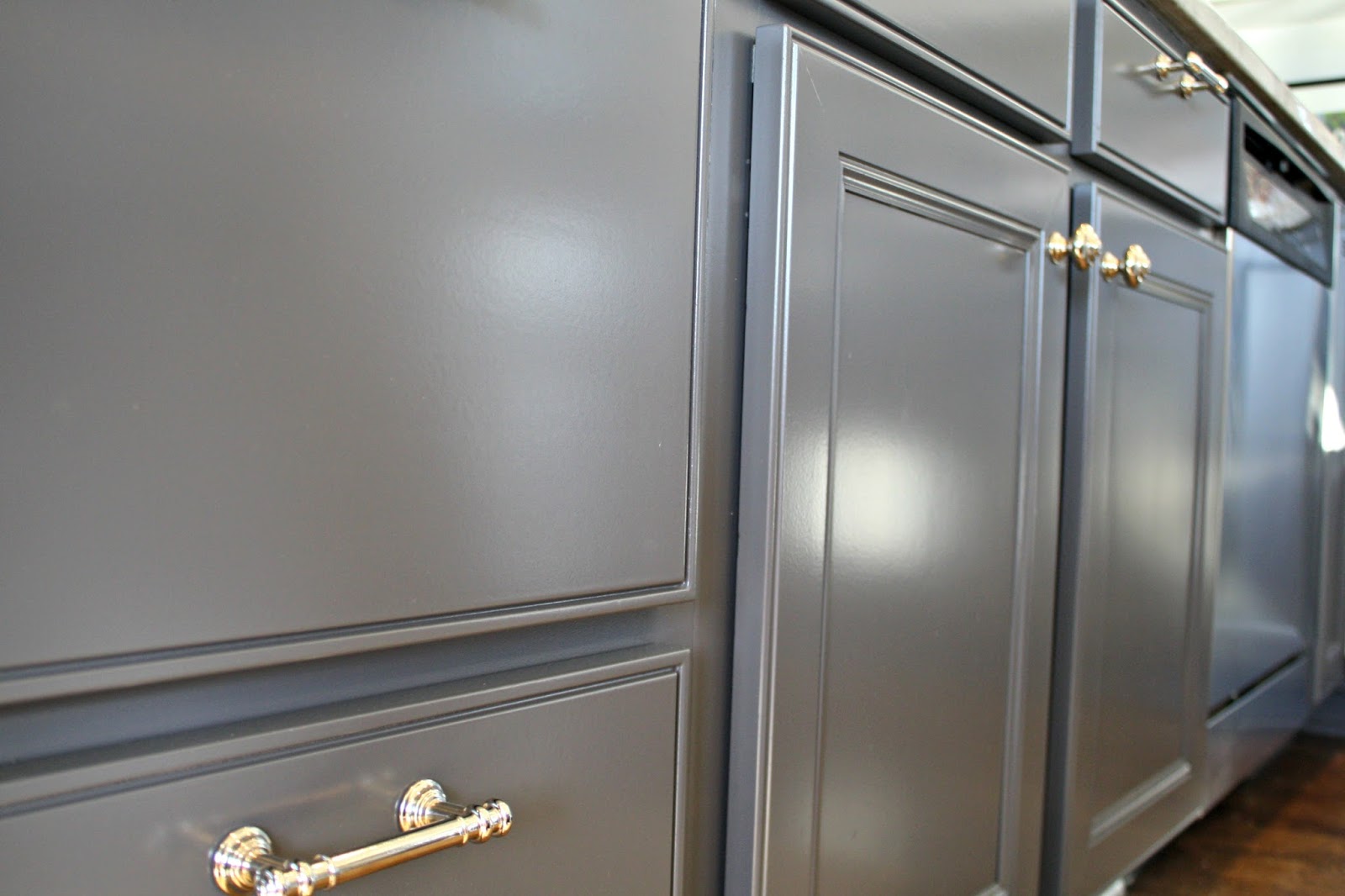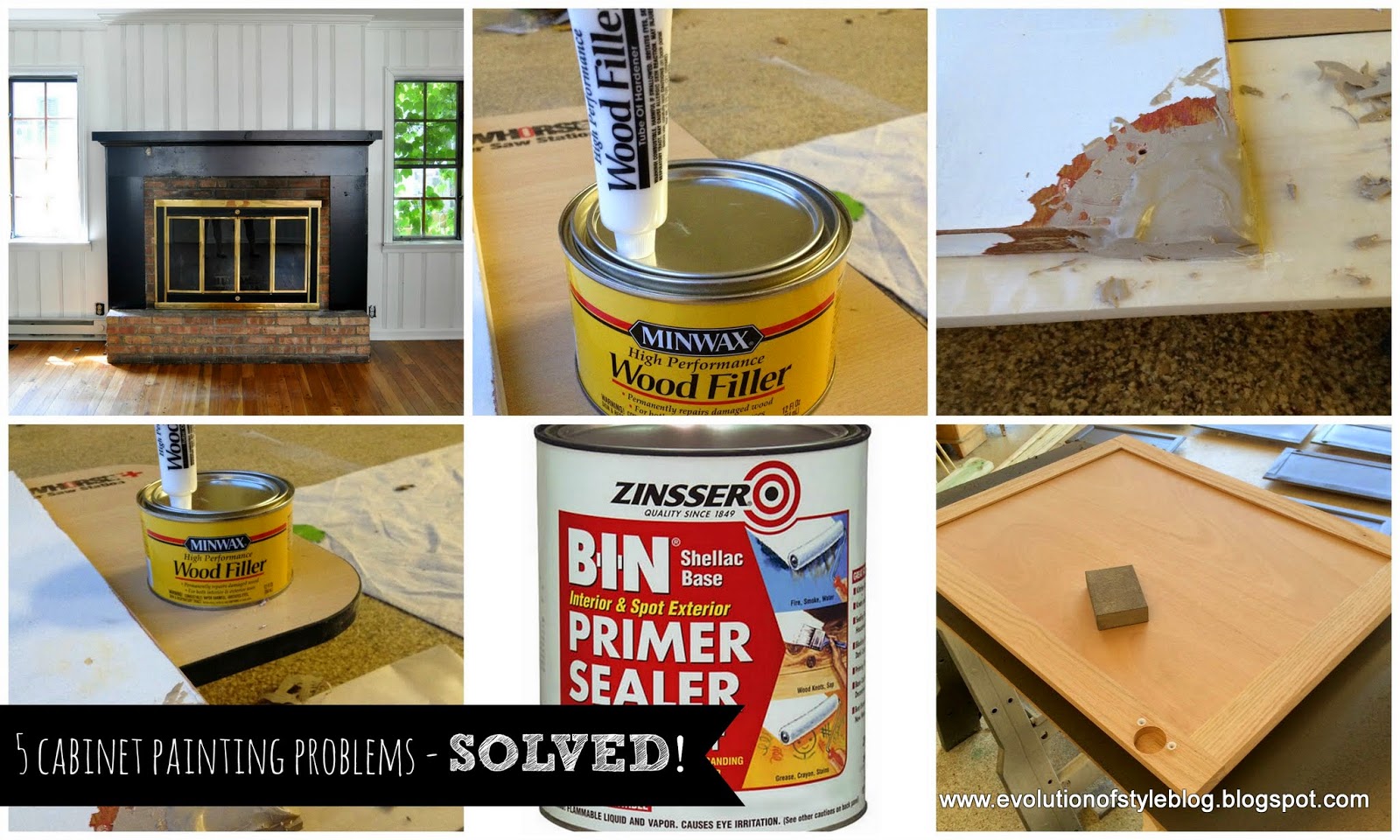Surface Preparation

Yo, painting your cabinets? Think it’s just slapping on some paint and chilling? Nah, bruh. Proper surface prep is the real MVP, the difference between a fresh, fire look and a total paint fail. If you skip this step, your paint’s gonna peel faster than you can say “drip, drip, drip.” Let’s break it down.
Cleaning Cabinet Surfaces
Cleaning is crucial for paint adhesion. Think of it like this: you wouldn’t try to paint over a greasy pizza box, right? Your cabinets need the same clean slate. Grease, wax, dirt, and old finishes create a barrier that prevents the paint from bonding properly. This leads to peeling, chipping, and a seriously bummed-out look.
Here’s the lowdown on a proper cleaning:
1. Gather your gear: You’ll need a degreaser (like TSP – trisodium phosphate – or a good quality kitchen cleaner), warm water, clean rags or sponges, and a scrub brush (if needed). Always wear gloves and eye protection, yo!
2. Mix it up: Follow the instructions on your degreaser. Usually, it’s a mix of degreaser and warm water.
3. Scrub-a-dub-dub: Apply the solution to your cabinets using a sponge or rag, scrubbing gently but thoroughly. Pay extra attention to areas where grease and grime tend to accumulate, like handles and corners.
4. Rinse it off: Use clean water and a fresh sponge or rag to rinse all surfaces completely. Make sure there’s no residue left behind.
5. Let it dry: Allow the cabinets to air dry completely before moving on to the next step. This could take several hours, depending on the humidity and ventilation.
Skipping this step? Prepare for a paint job that’s less “fresh coat” and more “flaking fiasco.”
Sanding Cabinet Surfaces
Sanding creates a smoother surface and helps the paint adhere better. It also removes any imperfections left after cleaning. Different materials require different techniques and grit levels.
For wood cabinets, start with a coarser grit (like 120-grit) sandpaper to remove any imperfections, then move to a finer grit (like 220-grit) for a smoother finish. For laminate cabinets, you’ll usually only need a fine grit (220-grit or higher) to lightly scuff the surface, creating some texture for the paint to grip. Don’t over-sand laminate, though, or you’ll damage the surface.
You know you’ve sanded enough when the surface is uniformly smooth and free of any raised areas or imperfections. The goal is to create a slightly rough texture, not to sand through the finish.
Cabinet Surface Imperfections
Yo, some common cabinet surface issues can seriously mess with your paint job. Check it:
| Imperfection | Cause | Removal Method | Consequences of Ignoring |
|---|---|---|---|
| Grease/Oil | Cooking, spills, etc. | Degreaser and thorough cleaning | Poor adhesion, peeling paint |
| Wax | Old wax polish, furniture polish | Mineral spirits or paint thinner (follow safety precautions!), then thorough cleaning | Paint won’t stick, uneven finish |
| Old Paint | Previous paint job | Sanding or chemical paint remover (follow safety precautions!) | Peeling, chipping, uneven finish |
| Loose/Chipped Paint | Age, damage | Scrape off loose paint, sand smooth | Uneven finish, paint won’t adhere properly |
Primer Selection and Application: Paint Not Sticking To Cabinets

Yo, so you’ve prepped your cabinets, right? Now it’s time to lay down the foundation for that killer paint job – primer! Choosing the right primer and applying it properly is key to a finish that’s gonna last longer than your latest TikTok trend. Think of primer as the ultimate hype man for your paint; it makes sure your paint pops and sticks like glue.
Primer types are like different crews – each with their own strengths and weaknesses. Picking the wrong one could totally crash your project. Let’s break down the main players.
Primer Types and Their Adhesion Properties
Oil-based primers are the OG’s. They offer superior adhesion, especially on slick surfaces like glossy cabinets. They create a super strong bond, preventing peeling and chipping. However, they have a strong odor, take longer to dry, and require mineral spirits for cleanup – major bummer. Water-based primers are the eco-friendly option, low-odor and easy cleanup with soap and water. They dry faster than oil-based, but their adhesion might not be as strong on super glossy surfaces. Shellac-based primers are known for their sealing power, perfect for covering stains and knots. They dry super fast, but they can be pricey and sensitive to moisture. For cabinets, a water-based primer is often a solid choice unless you’re dealing with stubborn stains or a super glossy finish, then you might want to consider oil-based or shellac.
Applying Primer: A Step-by-Step Guide
Alright, let’s get this primer applied like a pro. First, make sure your cabinets are totally clean and dry – no dust bunnies allowed! Imagine this: you’re holding a brush, it’s loaded with primer. You start with a thin, even coat, applying the primer in long, smooth strokes in the direction of the wood grain. Think of it like painting a super smooth mural. Avoid overlapping strokes too much to prevent drips and runs. For corners and edges, use a smaller brush or a detail brush to reach those tight spots. Visualize a small brush carefully painting along the edges and corners of your cabinet. It’s like a detailed art piece. After the first coat, let it dry completely according to the manufacturer’s instructions – usually a few hours. Once dry, lightly sand with fine-grit sandpaper (220 grit) to smooth out any imperfections. Then, apply a second coat, using the same technique. This second coat ensures complete coverage and better adhesion.
Drying Time: The Key to Paint Success
This is crucial, people! Don’t rush the drying process. Insufficient drying time between primer coats and paint coats is like building a house on a shaky foundation – it’s gonna fall apart. The primer needs time to fully cure and create that strong bond. If you rush it, the paint won’t adhere properly, leading to peeling, chipping, and a generally sad-looking finish. Think of it like this: your paint is trying to make friends with the primer, and it needs time for them to get to know each other and become best buds. Always follow the manufacturer’s instructions for drying time – it’s not just a suggestion, it’s a rule. Ignoring it can mean you have to redo the whole thing, and nobody wants that.
Paint Selection and Application Techniques

Yo, painting your cabinets is a serious upgrade, but choosing the right paint and applying it like a pro is key to a killer finish. This section breaks down the essentials for a sick paint job that’ll last.
Paint not sticking to cabinets – Picking the right paint is half the battle. You want something that’s durable, sticks like glue, and looks amazing. Different paints have different strengths, so knowing your options is crucial.
Recommended Paint Types for Cabinets, Paint not sticking to cabinets
Choosing the right paint type depends on your desired finish and how much abuse your cabinets will take. Here’s the lowdown on some popular choices:
- Alkyd Enamel: This stuff is super durable and hard, offering excellent resistance to scratches and wear. It also levels out beautifully for a smooth finish, making it ideal for high-traffic areas. However, it has a strong odor and takes longer to dry than other options.
- Acrylic Enamel: A popular choice, acrylic enamel offers a good balance of durability, ease of application, and a relatively low odor. It’s water-based, making cleanup a breeze. The finish can be slightly softer than alkyd, but it’s still pretty tough.
- Acrylic Latex: This is a more budget-friendly option, perfect for a less demanding environment. It’s water-based and easy to clean up, but it might not be as durable as alkyd or acrylic enamel for high-use cabinets.
Paint Application Techniques
Applying the paint is where you show off your skills. Different techniques work better for different situations and cabinet styles.
- Brushing: Brushing provides excellent control, allowing you to get into tight corners and details. It’s great for intricate cabinet designs or smaller projects. However, it can be more time-consuming and may leave brush strokes if not applied carefully. A high-quality brush with synthetic bristles is recommended for smooth results.
- Rolling: Rolling is faster and more efficient for larger, flat surfaces. It can produce a smooth finish if done correctly, using a high-quality roller with a short nap. However, it’s less precise than brushing and may not be ideal for detailed areas or intricate carvings.
- Spraying: Spraying offers the fastest and most even finish, especially for cabinets with lots of flat panels. It’s also ideal for achieving a factory-like finish. However, it requires specialized equipment and proper ventilation, and there’s a higher risk of overspray and uneven coverage if not done correctly. This method is best for experienced DIYers or professionals.
Rewritten Cabinet Painting Article
Forget the AI mumbo jumbo; here’s the real deal on painting your cabinets. Prep is everything. Clean those cabinets thoroughly, sanding to smooth out any imperfections and removing any grease or grime. Use a high-quality primer designed for cabinets – it’ll ensure better adhesion and a more even finish. Then, choose your paint wisely – alkyd enamel for ultimate durability, or acrylic enamel for a good balance of durability and ease of use. Apply thin, even coats, letting each one dry completely before applying the next. Sand lightly between coats for a super smooth finish. Finally, enjoy your fresh, revamped kitchen!
